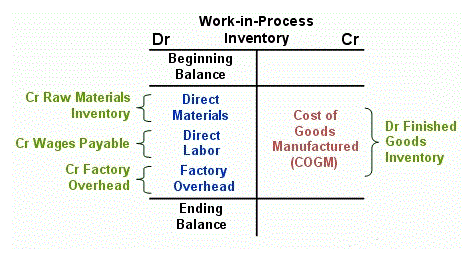
As a cost of borrowing, the borrower must make Interest payments for the benefit of borrowing. Private Equity Funds typically use large amounts of Debt to fund acquisitions. The Debt used retained earnings in the purchase creates Interest Expense that reduces the acquired Company’s Tax bill.
- It is an indirect way to save or ‘shield’ cash flows from taxes through the use of depreciation.
- Alternatively, you have the opportunity to move it forward to a future point in time.
- If the firm puts a tax shield into consideration when making the mortgage decision, then it will be easier to make a decision.
- The next cash flow will be generated in one year from now, so a perpetuity can be used to value this firm.
- One of the most common examples of a tax shield is the deduction for interest expense on debt.
Everything You Need To Master Financial Modeling

By comparing the above two options calculated, we concluded that the present value in the case of buying by taking a tax shield is lower than the lease option. The difference in EBIT amounts to $2 million, entirely attributable to the depreciation expense. Accelerated depreciation is that technique whereby asset losses book value at a quicker rate than the old style method. This will become the main source of cash inflow which we saved by not providing tax.

Case 1 – Taxable Income (with Depreciation Expense)

Also, to get maximum savings, they will need to do their tax planning early enough (at the beginning of the year). They often do this in one of two ways, either through capital structure optimization or accelerated depreciation methods. In capital budgeting, tax shields enhance cash flows, influencing the net present value (NPV) of potential projects. This can make previously marginal projects more viable, offering a clearer view of potential returns.
- In the final step, the depreciation expense — typically an estimated amount based on historical spending (i.e. a percentage of Capex) and management guidance — is multiplied by the tax rate.
- The lower the taxable income, the lower the tax owed, which is how tax shields translate into tax savings.
- Those tax savings represent the “depreciation tax shield”, which reduces the tax owed by a company for book purposes.
- For tax purposes, depreciation is considered a business expense, and businesses are allowed to deduct it when calculating their taxable income.
- Under U.S. GAAP, depreciation reduces the book value of a company’s property, plant, and equipment (PP&E) over its estimated useful life.
- When a company purchased a tangible asset, they are able to depreciation the cost of the asset over the useful life.
Enterprise Value vs Equity Value – Ultimate Guide (
An individual may deduct any amount attributed to medical or dental expenses that exceeds 7.5% of adjusted gross income by filing Schedule A. This tax shield reduces the company’s taxable income by $12,500 each year, effectively lowering its tax liability. When adding back a tax shield for certain formulas, such as free cash flow, it may not be as simple as adding back the full value of the tax shield. Instead, you should add back the original expense multiplied by one minus the tax rate.
- Depreciation tax shields are important because they can improve a company’s cash flow by reducing its tax liability.
- Get instant access to video lessons taught by experienced investment bankers.
- Tax shields can be an important factor in a company’s financial planning and decision-making.
- This can require significant time and resources, including the cost of hiring a tax professional or accountant to assist with compliance.
- The most significant advantage of debt over equity is that debt capital carries significant tax advantages as compared to equity capital.
- Since depreciation methods on total expense are the same over an assets lifetime, businesses would benefit when they remove the tax expense.
The tax shield on interest is positive when earnings before interest and taxes, i.e., EBIT, exceed the interest payment. The value of the interest tax shield is the present value, i.e., PV of all future interest tax shields. Also, the Legal E-Billing value of a levered firm or organization exceeds the value of an equal unlevered firm or organization by the value of the interest tax shield. Consider a midsize construction company calculating its tax shield for 2024.

When a company purchased a tangible asset, they are able to depreciation the cost of the asset over the useful life. Each year, this results in some amount of depreciation expense for tax purposes. The Depreciation Tax Shield refers to the tax savings caused from depreciation tax shield recording depreciation expense. On the income statement, depreciation reduces a company’s earning before taxes (EBT) and the total taxes owed for book purposes. Yes, tax shields are legal as long as they comply with tax laws and regulations.

4 The example in this article is illustrative and starts from the same de-levered beta. Typically, beta estimations start from a sample of levered betas, which is converted to de-levered betas and finally re-levered to the gearing ratio of the firm of interest. Note also that it is not always the case that the Harris–Pringle or practitioners beta will exceed the Hamada beta. The differences will depend on parameters such as the debt beta and the tax rate. This formula is often referred to as the ‘practitioners’ formula because it requires fewer variables to be estimated than in the other formulas.